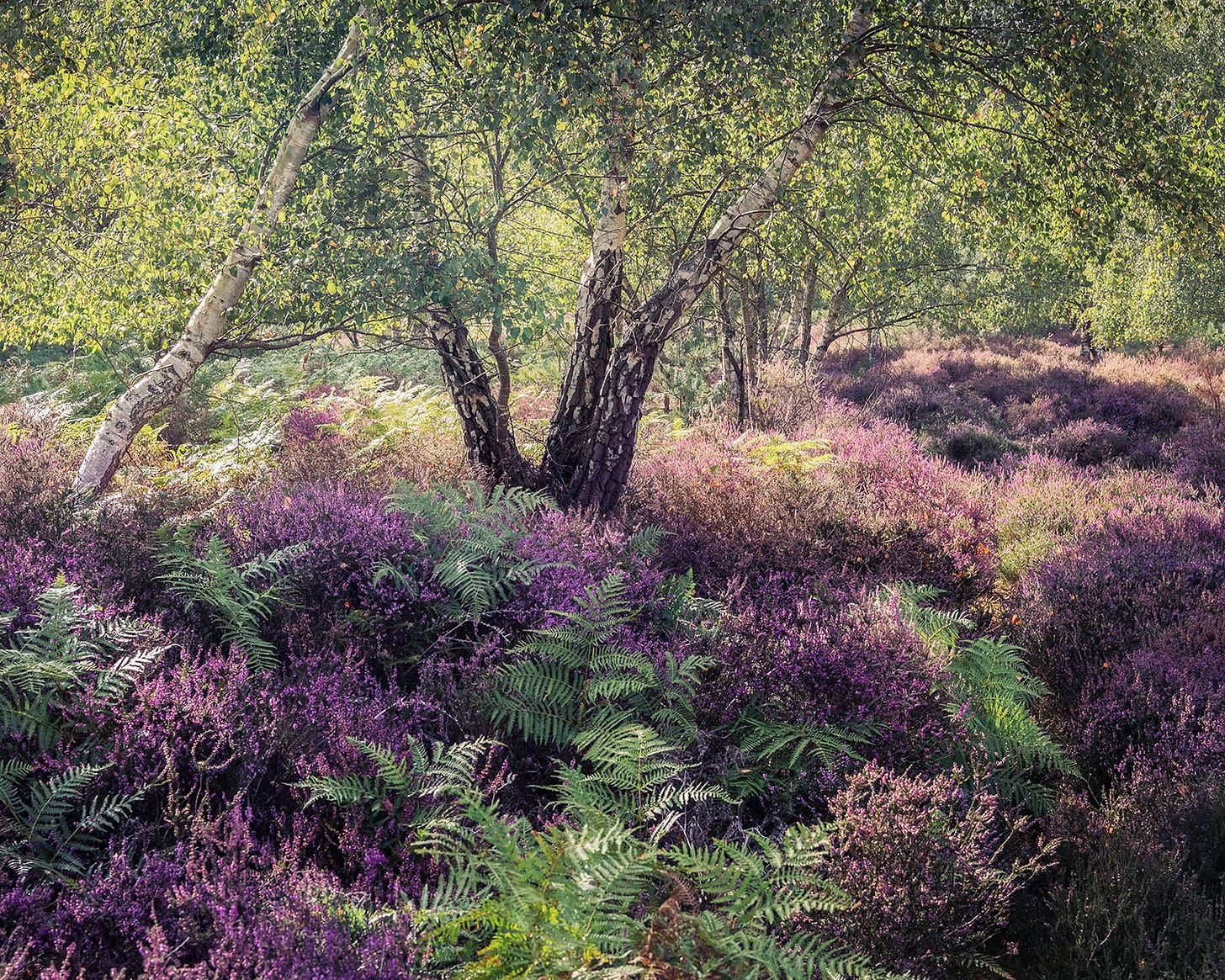The art of noticing
Finding the beauty in the ordinary.
Hello, I’m Gill and I write a photography blog inspired by the landscapes of Suffolk and beyond. Please subscribe to read more of my writing and visit my website to view my images.
The path across the heath is straight and well manicured, the grass cut short to reveal the sandy soil below. On either side the flat landscape expands into a tangle of vegeta…
Keep reading with a 7-day free trial
Subscribe to For the Love of Landscapes to keep reading this post and get 7 days of free access to the full post archives.


